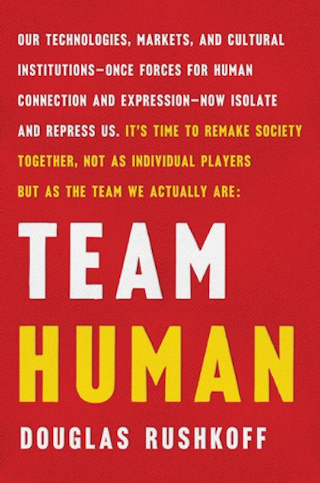The Unique Dynamics of Memes and Culture's Response
Written on
Chapter 1: Understanding Memetics
The concept of memetics, which examines the mechanisms behind the spread and replication of memes, gained traction in the 1970s thanks to an evolutionary biologist. With a firm belief in atheism, this scientist aimed to illustrate that human culture evolves through the same principles as biological systems, such as competition and mutation. However, a closer inspection reveals that this view is overly simplistic.
Memetics, the study of how memes spread and replicate, was first popularized by an evolutionary biologist in the 1970s. A strident atheist, the scientist meant to show how human culture evolves by the same set of rules as any other biological system: competition, mutation, and more competition. Nothing special going on here.
Section 1.1: Beyond the Simplistic View
It becomes clear that both genes and memes do not solely dictate the characteristics of an organism or a culture. DNA functions more like a dynamic instrument, influenced by various factors. While genes are crucial, how these genes manifest is even more significant. Their expression is contingent upon the environment, akin to a “protein soup” in which they exist. For instance, a normally docile grasshopper can metamorphose into a voracious, swarming locust under the right conditions.
Subsection 1.1.1: Genes and Their Social Nature

Genes do not operate in isolation; they do not merely strive for replication at all costs. Recent research presents them as somewhat social entities, gathering information from their surroundings and from each other to adapt. The interplay of conditions, culture, and connectivity plays a pivotal role, just as it does for memes.
Section 1.2: The Complexity of Memes
Memes do not exist in an ideological void. To genuinely comprehend cultural contagion, it is essential to recognize the interplay between memes, the viral elements surrounding them, and the cultural context in which they attempt to proliferate. Early theorists in memetics posited that memes competed against one another, but this perspective misses the mark. Instead, memes tap into our latent fears, anxieties, and frustrations to manipulate us. They are not in conflict with each other; rather, they are targeting us, the humans.
Chapter 2: The Immune Response of Culture
It's crucial to note that the focus should not solely be on the meme itself, but rather on how effectively a culture can mobilize a defense against it.
The first video titled "[TF2] Throw Meme Weapons" explores the humorous yet insightful intersections of memes within gaming culture.
The second video, "HOW To Get ALL Weapons in Meme Sea! ROBLOX," delves into the mechanics of weapon acquisition in a popular online game, showcasing the meme interactions within.
This excerpt is derived from section 23 of Team Human by Douglas Rushkoff, which is being serialized weekly on Medium. For further reading, check the previous and upcoming sections.
